So, you bought or are looking to buy a new NVIDIA graphics card, and it has SLI technology. What does that mean? Being the leader in graphics, NVIDIA wants to create visual effects that are smooth and fast. Straight from their website, the company states that SLI technology can be seen as a “special power-up.”
So What is SLI technology and how does it help me?
At its core, SLI technology is a multi-GPU scaling engine. What this does is allow the user to utilize more than one graphics card to boost a game’s performance. Think of a game like Assassin’s Creed Black Flag — a graphic intensive masterpiece. Most graphics cards struggled to perform well on ultra because the game has amazing visuals and texture quality.
NVIDIA SLI technology allows a user to essentially link graphics cards together so that performance is boosted by as much as 100%.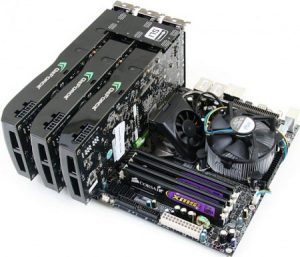
Most modern NVIDIA cards and drivers will include this technology. Depending on the configuration, a person can use:
- 2-Way SLI
- 3-Way SLI
- 4-Way SLI
All of these numbers (2 – 4) represent the number of graphics cards that are linked together. One major point to note is that all of these configurations render a single 3D environment. While this is a great way to boost graphics performance in games, many graphic intensive processes, such as rendering a high-polygon model, would benefit greatly with SLI technology.
Complex in nature, all of these processes are controlled by the graphics driver to ensure that the linked cards are all rendering the proper data.  Assigning what data will be sent to which card, the driver will send rendering information to the graphics cards that are stored in their respective memory.
Assigning what data will be sent to which card, the driver will send rendering information to the graphics cards that are stored in their respective memory.
The graphics cards must all work together properly to boost performance. Ultimately, this leads to:
- Alternate Frame Rendering: Also known as AFR, this boosts performance. Frame subsets are designation to specific GPUs. In a 2-Way SLI setup, one GPU would deal with even-numbered frames, while the other card would deal with odd-numbered frames. Subsequent GPUs would work in the same way where a 3rd GPU would process every third frame and a 4th GPU would process every 4th
- SLI Antialiasing: Also known as SLI AA, this is the process that displays crisp images on your screen. Antialiasing is all based on image quality, but works differently than AFR. Instead, all of the GPUs will render the same frame, yet they will render sub-pixels that are merged together to produce the final image.
Scaling in a perfect world would be linear: for every added GPU, a user would see double the performance. Unfortunately, this isn’t always the case. Bottlenecks do occur in either the GPU or CPU limitations. For example, if a CPU cannot process the data fast enough, a 2-WAY SLI may boost performance by 200%, but a 3-Way SLI only boosts performance by 250% because of the CPU bottleneck.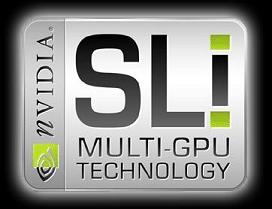
Pros
- Massive increase in performance.
- Better, intense graphics.
- Crisper images.
- Faster FPS when gaming.
Cons
- Scaling limitations due to system hardware.
- Needs adequate PSU and CPU for scaling.
- Models and memory amounts must match.
Most cards in the last 5+ years by NVIDIA already have SLI technology built-in. The latest ones, however, have more advanced SLI, resulting in a more efficient way of processing graphics.
There are two limitations that will restrict a user from linking their cards together:
- Models must match.
- Memory amounts must match.
The manufacturer does not need to match, so you can have an NVIDIA card manufactured by ASUS and one by EVGA, and as long as the memory amounts and models match, SLI will work perfectly.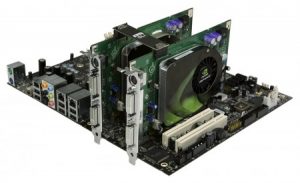
To clarify, a GTX 580 with 1.5 GB of RAM cannot be paired with a GTX 690, nor with a GTX 580 with 3 GB of RAM. However, a GTX 580 by Asus and a GTX 580 by EVGA can be combined as long as they both have the same amount of RAM available.
NVIDIA’s SLI technology allows users to bolster their system’s graphics capabilities by linking together multiple GPUs together. While the regular user may not have a need for this level of graphics processing, gamers and professionals that work with 3D rendering benefit greatly from SLI technology. It’s a powerful way to push any system’s graphics to the extreme.












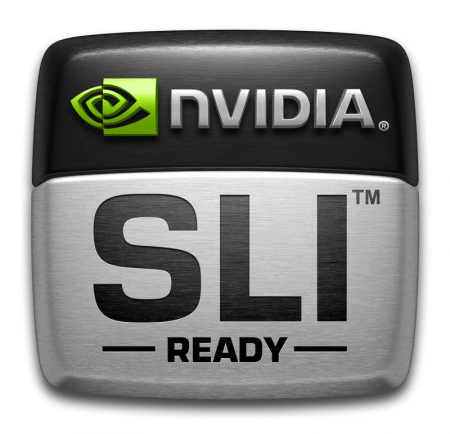


![[How To] Play Call of Duty Modern Warfare 2 Spec Ops LAN Online Using Tunngle How to Play Call of Duty Modern Warfare 2 Spec Ops LAN](https://mysteryblock.com/wp-content/uploads/2013/07/How-to-Modern-Warfare-150x150.jpg)
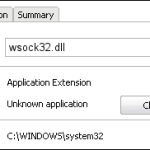






![[How To] Play Call of Duty Modern Warfare 2 Spec Ops LAN Online Using Tunngle How to Play Call of Duty Modern Warfare 2 Spec Ops LAN](https://mysteryblock.com/wp-content/uploads/2013/07/How-to-Modern-Warfare-100x70.jpg)